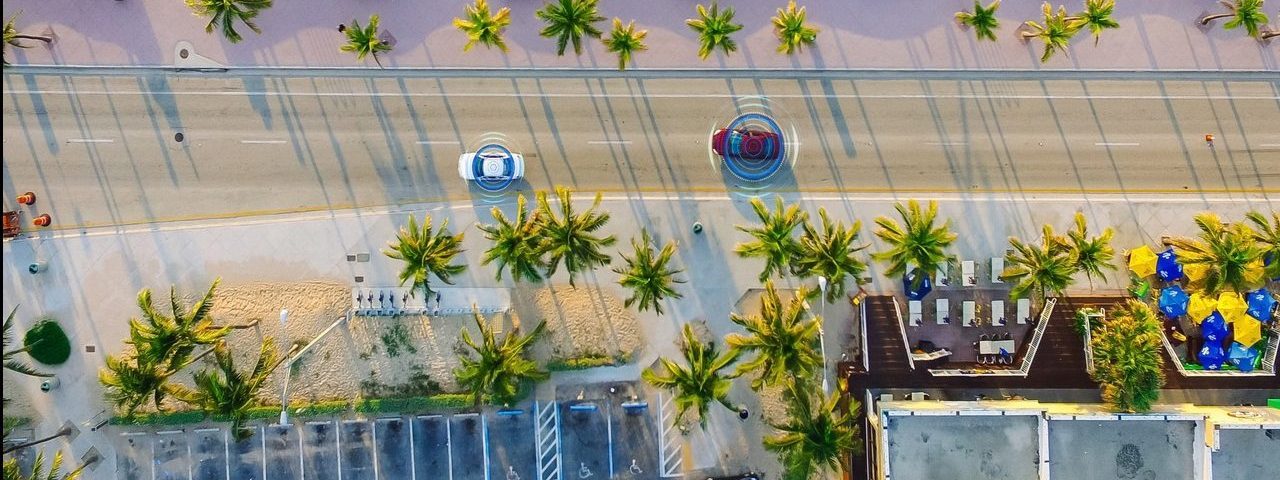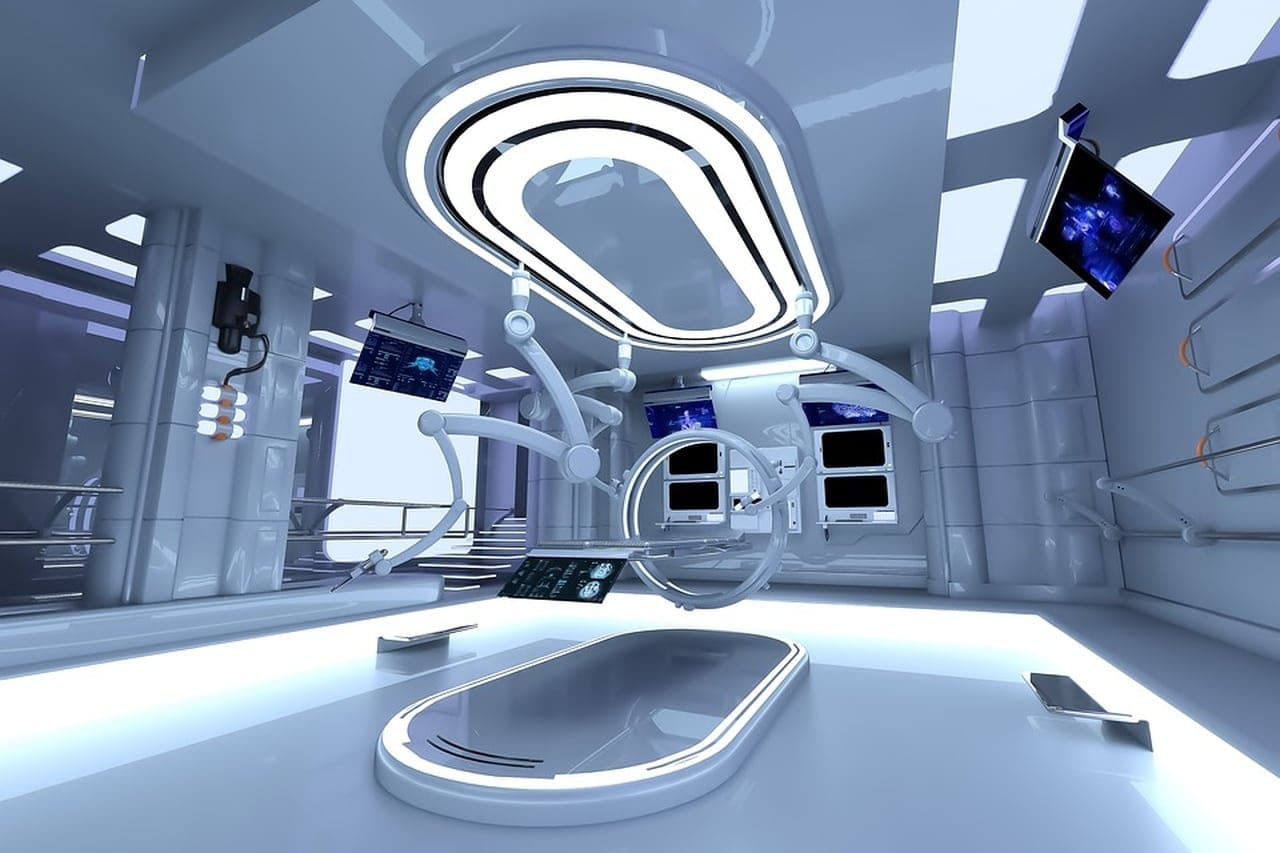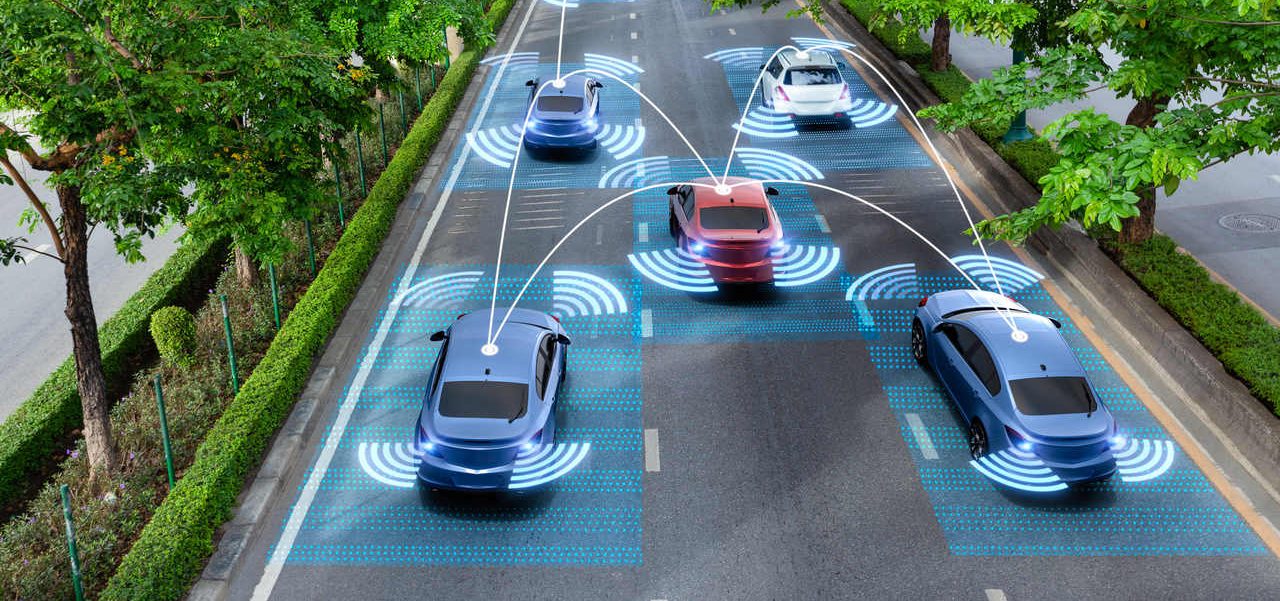
The exponential advancement of communication speed and bandwidth continues to ripple across all industries. Teleoperations, the ability to remotely control a device or vehicle from a separate location can utilize the communications revolution to greatly expand its capabilities. Teleoperations made its debut in the 1870s via guided torpedoes. Since then, the technology expanded into mining where workers are removed from hazardous working environments, enabled surgeons to perform operations from another country, and is vital in all Space exploration (NASA just operated a drone on Mars!) Teleoperations can be seen in almost all sectors and will continue to advance while communications become stronger and cheaper.

Teleoperations consists of three main parts:
- The vehicle: A car, a plan, a drone, a tank, or whatever can be teleoperated if there is a drive by wire. Vehicles can either be retrofitted with the technology but more and more vehicles are being built with this as an add-on option when purchasing the vehicle. Komatsu, Doosan, and Caterpillar all demonstrated some of their equipment with those features.
- Communications: Wired, public LTE, private networks, 5G are possible ways to communicate commands from the driver and return video and sound feedback to the operator. The key to understand is the communication available surrounding your use-case and the latency required for the use-case you are looking at.
- The tele-operator domain: The operator of the vehicle can control the vehicle from a number of different setups. Technical setups have consisted of a PlayStation wheel and a monitor to a customer driving setup and a VR headset. Once again, the appropriate approach really depends on the use-case.
Teleoperations not only consist of full operations of a vehicle but has 4 different ways it can be utilized:
- Tele-monitoring: Live video and sound is streamed from vehicle and sent over communications to control room for monitoring
- Tele-assistance: Live video and sound is streamed from vehicle and remote operate chooses path from decisions provided by AI
- Tele-driving (take over): Remote operator takes over control of vehicle when autonomous vehicle cannot operate due to complicated challenges.
- Tele-driving (full): Remote operator controls vehicle controls (steering, breaking, accelerating, lights, etc.) at all times.

How to take advantages of opportunities
We can have a unique opportunity to take advantage of teleoperations due to the widespread uses available across all your business. For example, in the case of Ferrovial, the benefits of the technology directly align with Ferrovial’s Horizon 24 plan which aims at increasing safety, reducing operational costs, decreasing emissions, and increasing its competitive advantage. Anytime a person is placed in a dangerous environment it is an opportunity for teleoperations to increase safety. Anytime an environment or a job restricts certain segments of the population (usually people with disabilities and women) it is an opportunity to open access. Anytime a vehicle idles, its wasting resources and contributing unnecessary CO2 emissions. Project schedules can shorten if vehicles are operating 24/7.
On top of all these benefits, technology can augment new points of view that human eyes are not capable of. Cameras added to vehicles can eliminate blind spots, visual parts of the spectrum not shown to the human eye can be displayed on monitors with new sensors, alarms can be triggered by computer vision/artificial intelligence and much more. All these new sensors and cameras will come with a new load of data for analysts to study where to implement new efficiencies.

While the list of potential benefits is extensive, by no means will implementation come without its hurdles. For live environments like highways, busy sections of construction sites or airport tarmacs a gap in connectivity can translate into a costly incident. High risk areas are also attractive to hackers wanting to cause damage by taking advantage of cyber security shortfalls.
Operations will also need to adapt. Many autonomous vehicles companies are struggling with the loss of interaction drivers have with each other or pedestrians. Teleoperations will face similar challenges. How do construction workers on the ground communicate with a heavy machinery operator who is no longer sitting in the passenger seat? How does a police officer collaborate with a security guard monitoring from hundreds of miles away? These questions, concerns and risks need to be addressed as the technology is tested and integrated into the industry.
What to expect in the future
One common discussion that arises during conversations about teleoperations is “why teleoperate with automation on the way?” The answer is both simple and complex, we need to have both but in what capacity, is yet to be discovered. As discussed earlier, three of the four types of teleoperations all involve integration with an AV, whether being tele-monitoring the AVs, tele-assisting the AVs to pick a path, or teleoperations take over for when the AV runs into a situation is outside of its programming. Learnings from the two technologies will help advance each other in operations, business, and technology. Whoever pursues and advances both will lead in whatever industry they are in.





There are no comments yet